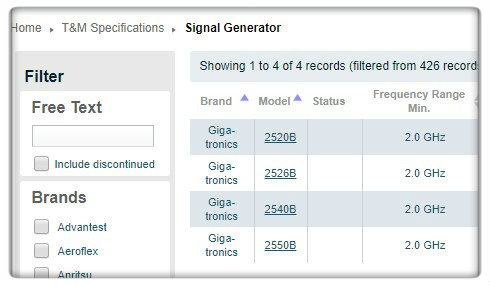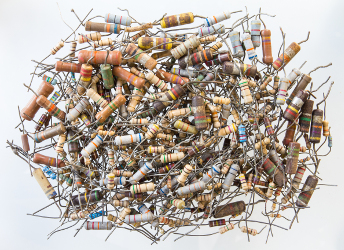
Yes, there is an instrument that measures gloss. As you may have guessed, it is called a gloss meter. Although the level of gloss is often determined by a visual perception, in that an object looks to the human eye as glossy or not, it really is measurable. In fact, there are standards of gloss levels that guide the various industries that need to factor in gloss levels in the quality of their products.
What is gloss?
The technical definition of gloss is the amount of light that is reflected from an object that either has a natural gloss, or has been coated with a substance that provides it with a gloss. This light reflection is a measurable attribute of an object. The unit of measurement is (no surprise here) a gloss unit (GU).
When are gloss levels important?
Of course, the level of any object’s gloss can be a matter of opinion, based on a more emotive visualization of an object. If two people examine a glossy product, one may describe it as overly sleek; whereas the other will view it as almost matt in appearance. If gloss is deteriorating on a salable piece of jewelry or coated ceramic dinnerware, human vision may not be enough to detect this.
Gloss is often viewed as a sign of quality. Look at a just-off-the-assembly-line motor vehicle in a showroom, for example. However, just as frequently, gloss can be an object of scorn. No military official worth his salt will tolerate a tank with a glossy shine! Glossy paint can reveal every nick and bump in a wall; whereas low-gloss or matt paint smoothes over irregularities. Measuring gloss levels on production lines can immediately point out flaws in isolated cases of products with bumps or scratches.
Accuracy of gloss meters
You may ask how reflected light can be measured when the strength of reflections changes with the angle of viewpoint. No problem! Quality gloss meters cover all three gloss ranges of measurement: high-gloss (more than 70 GU), semi-gloss (between 10 and 70 GU), and low-gloss (less than 10 GU). The higher the gloss level, the lower the angle of reflection. For example, a high gloss surface can be measured with the gloss meter set at a 20° angle, which in effect is a high resolution. A low-gloss surface can be measured with the meter set at 85°, a much wider angle. Typically, semi-gloss surfaces are measured with the meter set at a 60° angle, a good starting point if you’re not sure what gloss level to expect.
Used-Line offers an excellent choice of gloss meters, you can begin here to find the one best for you.






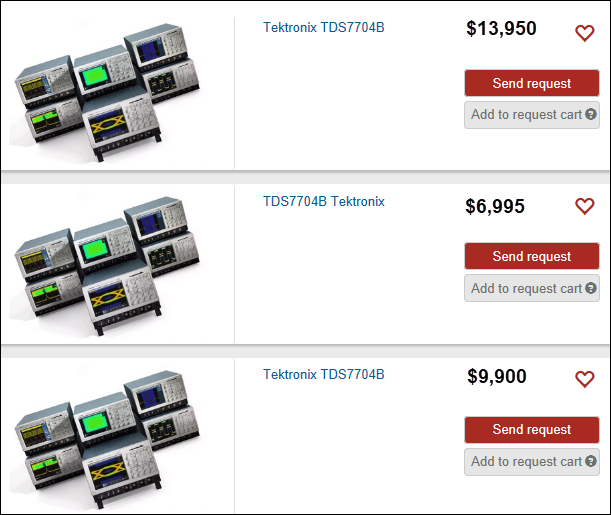

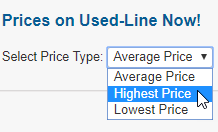

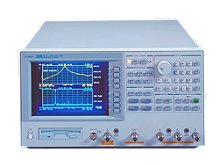


 If you can’t find the equipment you want, choose
If you can’t find the equipment you want, choose 

